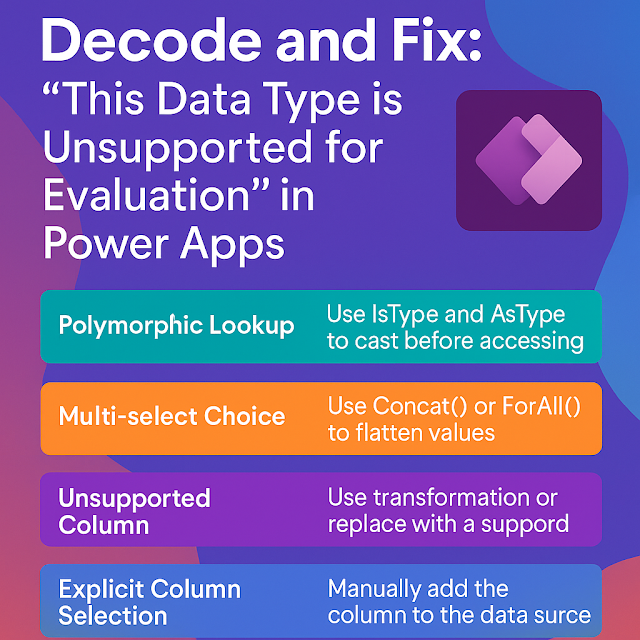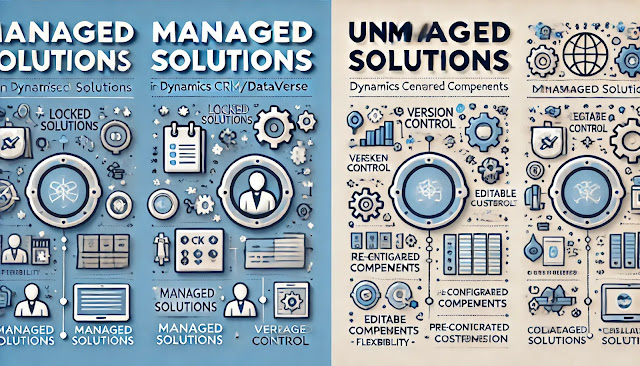Dynamics 365 Field Service :Configure trades and trade coverages
In Dynamics 365 Field Service, Trades and Trade Coverages are used to define and manage technician specializations and the types of work they are qualified to perform. These features help ensure that work orders are assigned to properly skilled resources, improving service quality and efficiency.
What Are Trades?
Trades represent specific skill areas, professions, or disciplines within field service.
Examples:
-
Electrician
-
Plumber
-
HVAC Technician
-
Mechanic
Each trade can be associated with one or more resources (technicians) to indicate their professional qualification or expertise.
Purpose:
-
Helps classify technicians based on their core skill set.
-
Makes it easier to filter and assign appropriate resources for a given job.
-
Supports scheduling and dispatching logic based on job requirements.
What Is Trade Coverage?
Trade Coverage refers to the geographic or service area where a particular trade is available.
Examples:
-
You may have plumbers available in Region A, but not in Region B.
-
You may cover HVAC services in Urban areas but not in Rural ones.
Purpose:
-
Defines where (location-wise) certain trades are available.
-
Ensures that only technicians with the correct skills and location availability are considered for job assignments.
-
Improves routing and resource optimization by assigning the nearest qualified technician.
In Dynamics 365 Field Service, Trades define the specific skills or professions of technicians, such as Electrician or HVAC Specialist. Trade Coverages specify the geographic areas where these trades are available to perform services. Together, they help match the right technician to the right job based on both skill and location. This improves scheduling efficiency, ensures service quality, and reduces unnecessary travel.By using trades and trade coverages, organizations can optimize resource assignments and enhance customer satisfaction.












Comments
Post a Comment